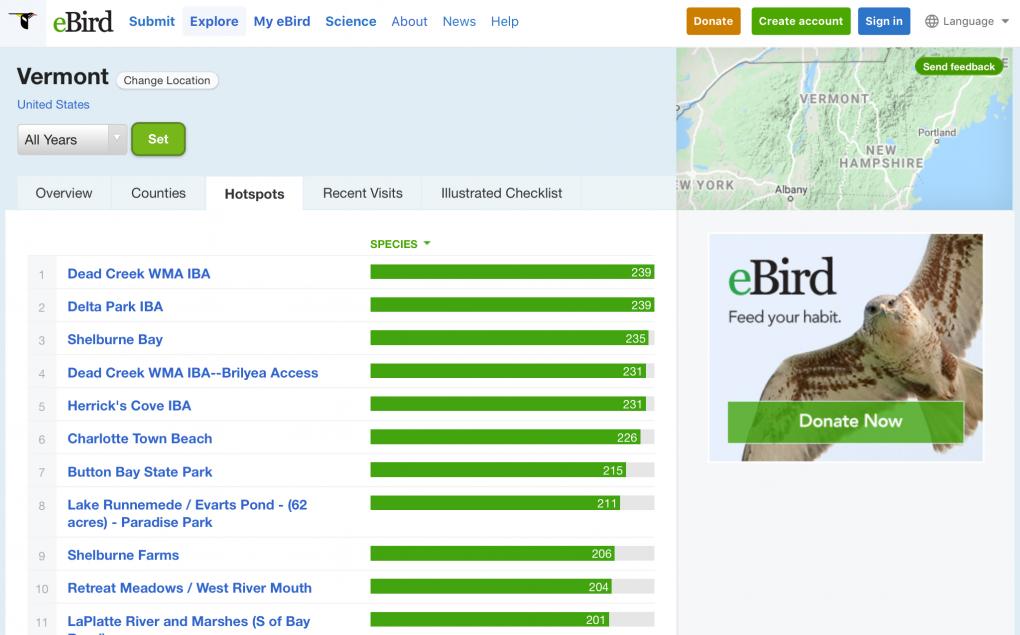TPW
Forum Replies Created
Viewing 5 posts - 1 through 5 (of 5 total)
-
TPWParticipantI concur. The size, larger than Sparrows and the white stripe above eye towards back of head are what I use to ID them. Having the males visit is also further likelihood that it’s what Frankie indicated.in reply to: New to the feeder #699823
-
TPWParticipant
@Sandy Yea, I figured based on their abundance and that you said you’ve been identifying these hummers for years but I thought I’d take a shot at it. Maybe it’s some hybrid. The pic will help for sure. It will be interesting to see if the Merlin app can ID it once you have the picture.
in reply to: HELP ID’ing A HUMMINGBIRD #694324 -
TPWParticipantDoes she look like this? see attached pic. Screenshot from birding app. They are very common in your area. copyrighted image removedin reply to: HELP ID’ing A HUMMINGBIRD #694292
-
TPWParticipantNoah, Check out eBird.org for the hotspots in Vermont. It’s probably the best resource for you right now until you discover the best places near you. I’ve attached a screenshot of the top hotspots as of today in Vermont based on other Birders in Vermont. You can also zoom into your town too and you’ll start to see who the other birders are and connect.
 in reply to: Birding in Vermont #658836
in reply to: Birding in Vermont #658836 -
TPWParticipantNoah, If you haven’t already you may want to do one or more of the following. Apologize if you’re way beyond this level already.
- purchase a field guide from folks like Kenn Kaufman, David Sibley, etc..
- Mobile field guide for your phone such as iBird (they have various versions) and I believe these are available for both iPhone and Android
- install Merlin and eBird on your mobile phone
- Enroll in some of the Cornell Academy courses
in reply to: [Help me learn] Bald Eagle? #658834
Viewing 5 posts - 1 through 5 (of 5 total)
